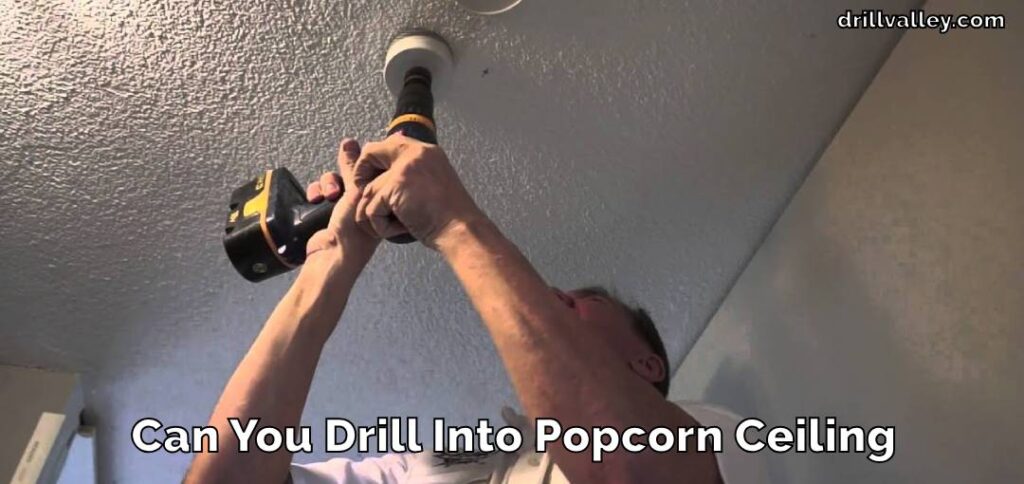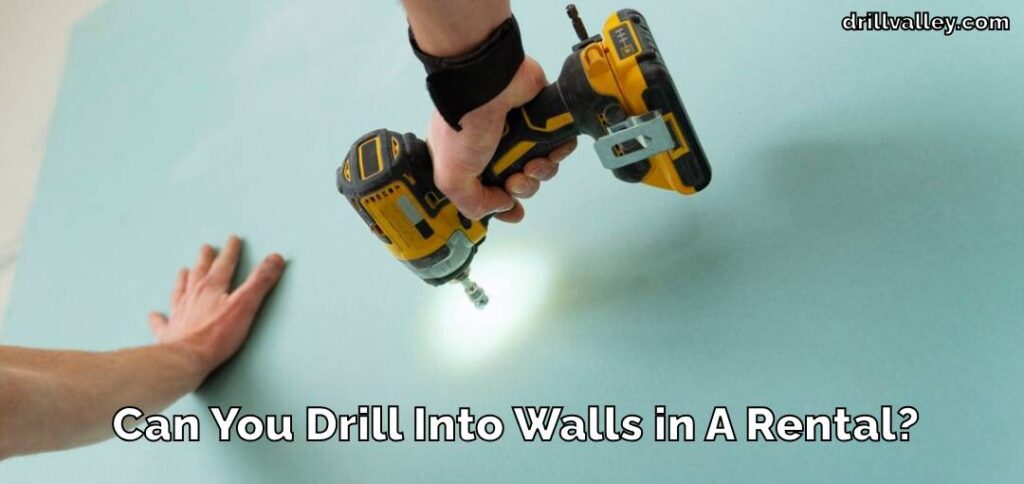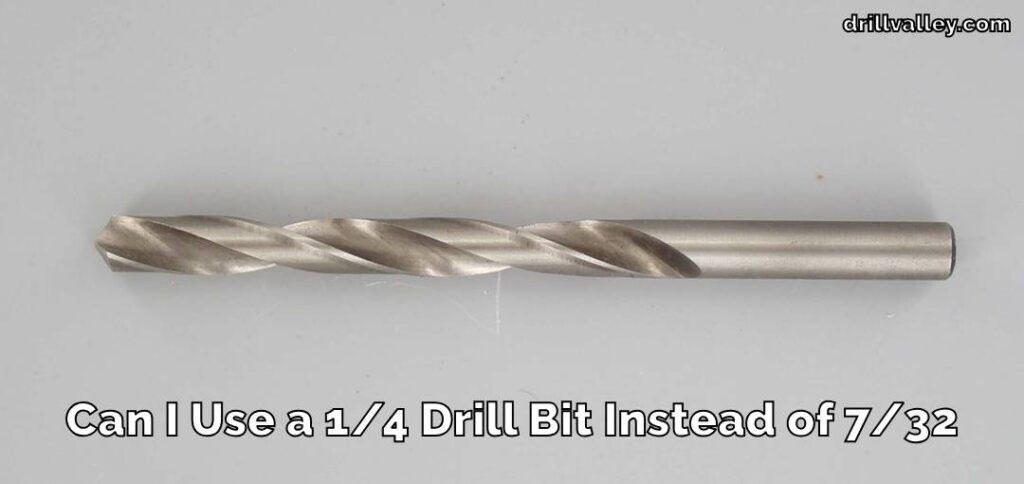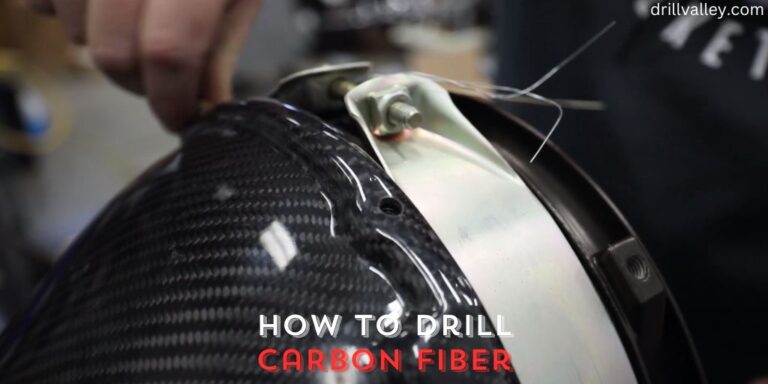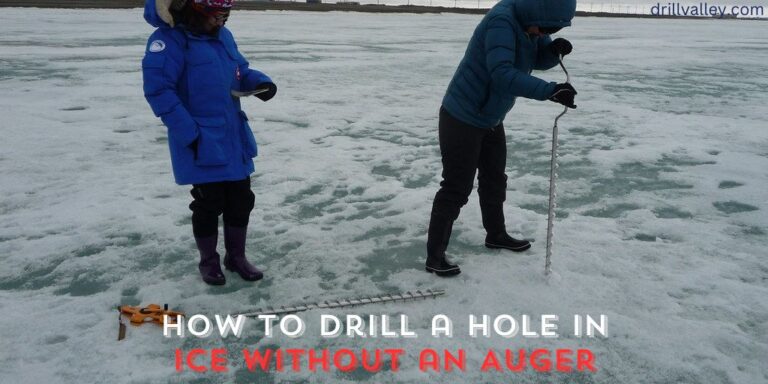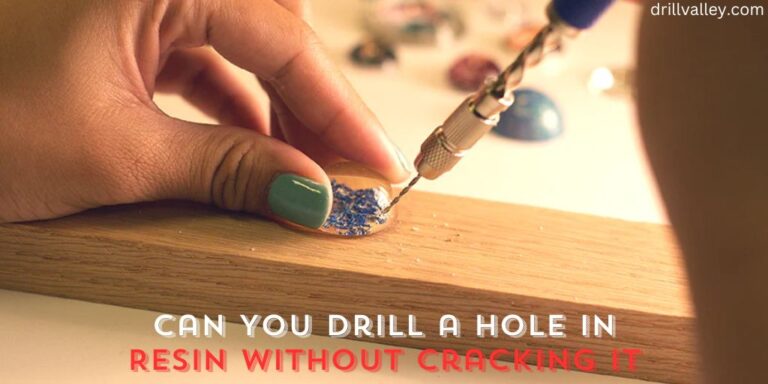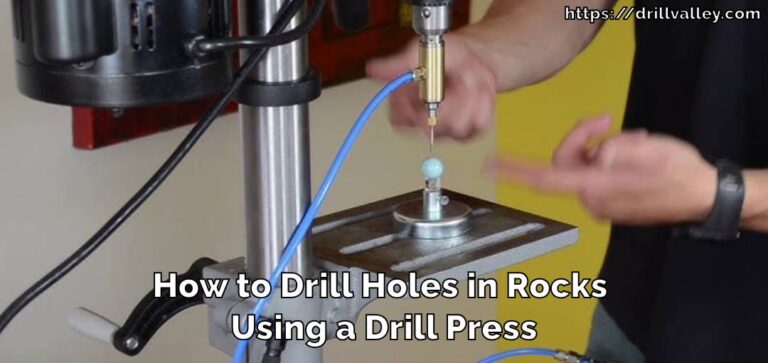How to Drill Into Stucco Without Cracking
Drilling into stucco needs you to be careful and precise. Stucco is a strong material that covers many homes, offering them a classic appearance while also protecting them from weather.
When you want to hang things on a stucco wall, like decorations, or lights, or to fix something, it’s important to do it right to avoid damage.
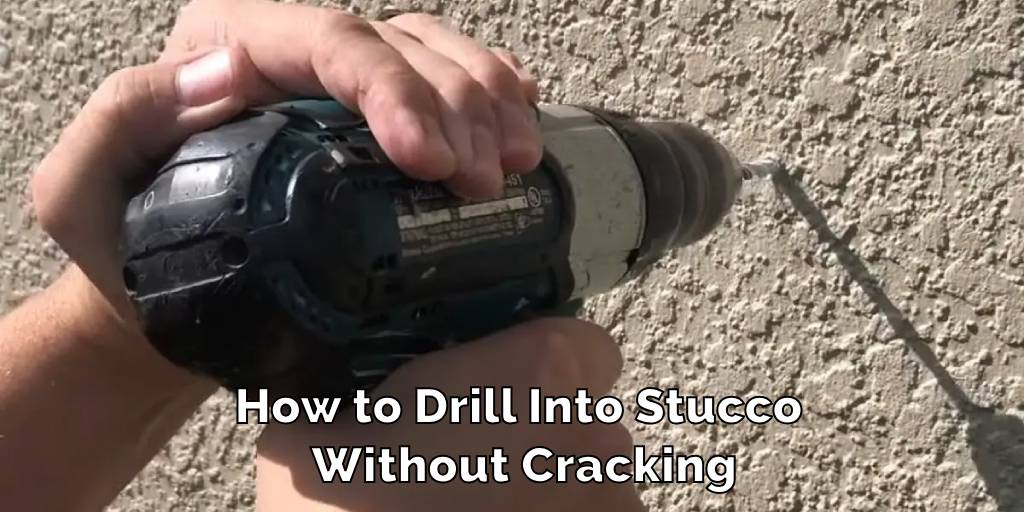
Damaging stucco by cracking it can make it look bad and might let water in. This can weaken the structure over time. In this guide, I’ll show you step-by-step How to Drill Into Stucco Without Cracking.
We’ll talk about what tools you need and how to use them correctly, so you can do your task without harming the stucco’s appearance or its protective qualities.
Let’s go through everything you need to know to drill into stucco the right way, keeping the wall safe and looking good.
Tools We Need to Drill Into Stucco Without Cracking
When you’re getting ready to drill into stucco, having the right tools on hand is as important as the technique. The proper equipment helps you avoid mistakes and makes the job smoother. Here’s what you’ll need to start:
- A variable-speed drill allows you to control the drilling speed, which is key to starting off gently and avoiding cracks.
- Masonry drill bits are designed to bite into stucco and create clean holes without damaging the surrounding area.
- Carbide-tipped drill bits come into play for especially tough stucco, where a regular bit might not do the job.
- Masking tape helps mark the spot where you’ll drill and also keeps the drill bit from slipping.
- Safety goggles and a dust mask are essential for protecting your eyes and lungs from fine particles.
- A hammer will be necessary if you’re installing anchors to ensure they’re set firmly in place.
- Wall anchors will hold your screws securely in the stucco, which is crucial for hanging heavier items.
- A screwdriver, finally, is for driving the screws into the anchors.
- Having gathered these tools, you’re well-equipped to tackle the job ahead. With the right preparation, drilling into stucco can be done effectively, keeping your walls pristine. Remember, the goal is to add to your home without causing any unwanted damage, ensuring that the stucco continues to protect and decorate your home as it was meant to.
How To Drill Into Stucco Without Cracking
Drilling into stucco can be easy if you take the right steps. You want to avoid cracks because they can cause big problems down the line. Here’s a straightforward way to drill into stucco safely:
Marking the Spot
First off, mark where you want the hole with a pencil. Then, put some masking tape over this spot. The tape stops the drill bit from slipping on the stucco.
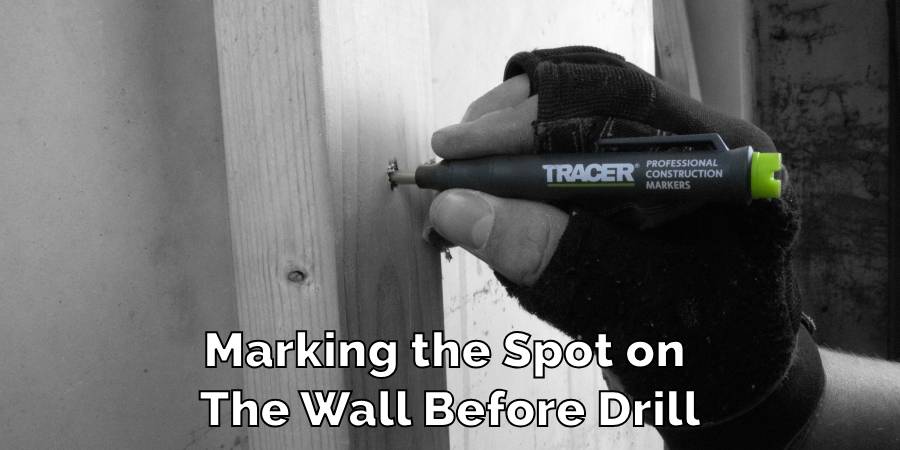
Choosing the Right Bit
Now, pick the right drill bit. You’ll need a masonry drill bit or one with a carbide tip, that matches the size of the hole you need. This kind of bit can drill through stucco without trouble.
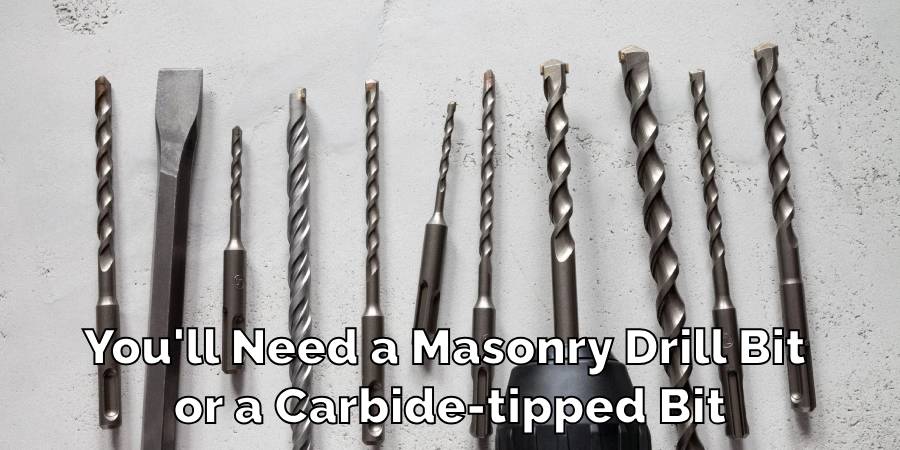
Starting Slow
Put the bit in your drill, making sure it’s a variable-speed one. Start drilling slowly to make a small guidehole. Don’t push too hard to avoid damaging the stucco.
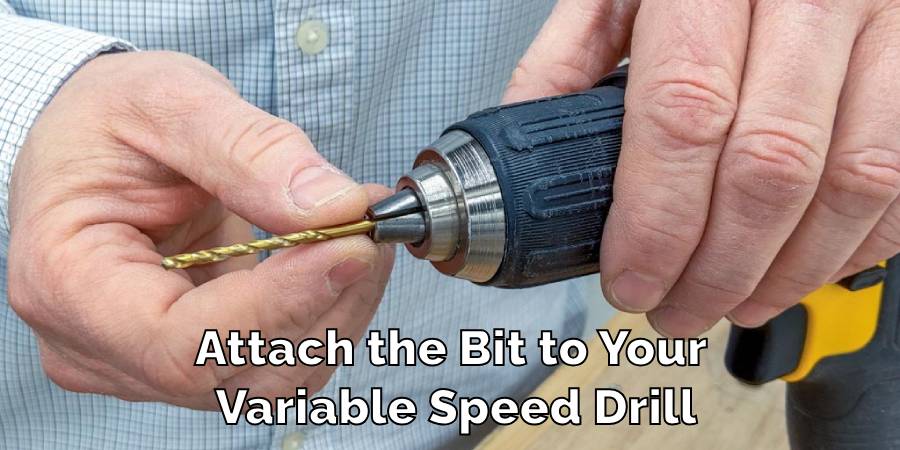
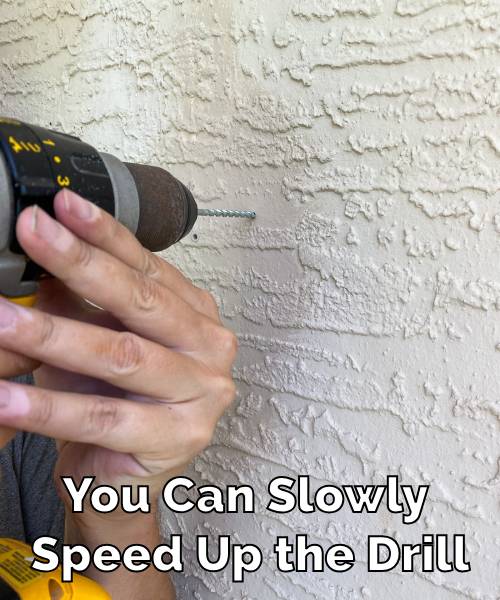
Increasing Speed Gradually
Once the guide hole is made, you can slowly increase the drill speed. Keep your pressure even to avoid cracking the stucco.
Depth Checking
Every so often, pull the bit out to clear out stucco dust.
This prevents the drill from getting too hot and causing cracks.
Adjust these steps as needed for different kinds of stucco, hole sizes, and what you’re attaching to the wall.
With patience and the right technique, drilling into stucco is simple. This way, you can hang things or make repairs without worrying about cracks or damage.
Precaution While Drilling Into Stucco Without Cracking
Before you start drilling into stucco, it’s critical to prioritize safety and caution to avoid both personal injury and damage to your home. Always wear safety goggles to protect your eyes from flying debris and a dust mask to prevent inhaling any fine particles.
It’s also smart to check that your drill is working properly and that the drill bit is sharp and in good shape. A worn-out bit can be ineffective and may require extra force, which increases the risk of cracking the stucco.
Additionally, be aware of the hidden elements within your walls, like electrical wiring or pipes. Accidentally drilling into these can cause much more serious issues than a crack in the stucco.
It’s a good idea to use a stud finder with live wiring detection or consult building plans to ensure you know what’s behind the surface where you’re drilling. With these precautions in place, you can proceed with confidence, knowing you’re taking care to protect both your home and yourself.
Conclusion
Successfully drilling into stucco without causing any cracks is a careful balancing act that requires the correct tools and a steady, thoughtful technique. This guide has walked you through each step to ensure that your drilling projects are successful and that the stucco’s appearance and strength are maintained.
The key is to work slowly, with the right equipment, and with a clear plan. It’s important to remember that being patient and exact in your work will help you avoid mistakes and achieve a clean, secure finish.
Take your time to measure, prepare the surface with tape, select the appropriate drill bit, and proceed with caution. With these practices in hand, you can confidently drill into stucco, add fixtures, hang decorations, or perform repairs, all while keeping your walls in perfect condition.
Can You Use Impact Driver Bits in A Drill
Knowing whether you can swap impact driver bits into a regular drill matters more than…
Can You Drill Into Popcorn Ceiling
Wondering Can You Drill Into Popcorn Ceiling for your next home improvement project? Popcorn ceilings,…
Can You Drill Into Walls in A Rental?
Renting an apartment brings the challenge of personalizing your space within the confines of rules…
Can I Use a 1/4 Drill Bit Instead of 7/32
When you’re elbows deep in a project and suddenly realize the 7/32 drill bit you…
Can You Drill Concrete Without A Hammer Drill
Drilling into concrete requires both precision and the right tools, notably a hammer drill and…
Can You Use Different Brand Drill Bits?
The right drill bit size is crucial for any project, big or small. It’s the…


